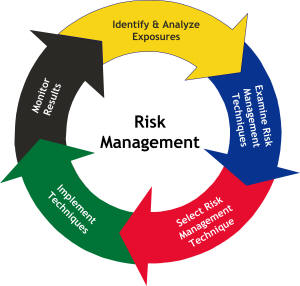
The Servant Leader Approach is one that is quite fascinating to me because it has so many intricate characteristics and closely relates to my position as a 4-H Agent. This previous statement is not accurate, rather this type of leadership suggests that the leader is one whom is aware of their surroundings, their image, and various outcomes that accompany a servant leader. This type of leadership may cause some initial confusion, as the name may be misleading.
Servant Leadership can be described as, “an approach focusing on leadership from the point of view of the leader and his or her behaviors” (Northouse, 2013). This excerpt suggests that this approach is not so much directed at those being influenced by a leader; instead it is used to understand leadership ability based on how the leader acts. This article provides exceptional insight about this approach and the ten characteristics associated with it. I have found this leadership approach to be effective while working in youth development.
The servant leadership approach is similar to other leadership styles in that in order to be effective, followers have to buy into what message the leader is trying to relay. My position as a 4-H Agent is no different because I’m not just targeting the youth in the community, but other stakeholders as well. These stakeholders include; classroom teachers, school board administrators, parents, and 4-H office support staff. Each of these groups is instrumental in proving relevance and stability of current and future programs within Floyd County. It is important that leaders understand how to reach and engage these stakeholders; this guide will assist in understanding what servant leaders can do.
Having identified that my current job is one that is conducive to the servant leadership approach, I can now move forward in using this method effectively. Each of the previously mentioned ten characteristics are tools that a servant leader must be aware of and know how to use efficiently. The knowledge to make a difference using this approach and actually implementing its principles are two completely different things. I suggest reading this article from the Journal of Extension to better understand how to use this approach and where to go next. As I sit and reflect on my first two years as a 4-H Agent, I can pinpoint exact instances where I have used each of these characteristics. I am confident of enhancing my own leadership abilities using this approach as the new 4-H programming year approaches. I feel that I can be a more effective community leader by understanding each characteristic and using appropriate implementation.









